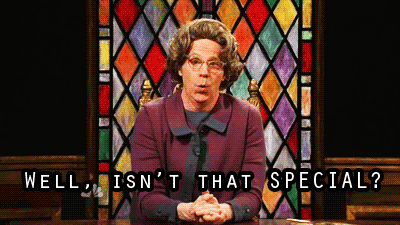Food wasn’t a good gift from God to be received and eaten with pleasure and gratitude. It was something to fear, and fear it I did. The original sin, I believed, was a kind of gluttony: a deadly sin. It was better, according to Proverbs, to put a knife to my throat than to indulge in that sin. And in a distorted attempt to please God, I came to regard almost every meal as potentially gluttonous. One day when I was 16, my mother came home from work to find me sobbing on the front stoop, unable to focus on the AP history textbook open on my lap.
“What on Earth is the matter, Rachel?” she asked with alarm.
“I was so hungry, and so I found a chocolate cupcake and ate it.”

Chocolate Oreo Cupcake. Photo courtesy Talmadge Boyd via Flickr Creative Commons
Later that year, my mom sent me a postcard at church camp proudly announcing my AP test scores—to my embarrassment, the camp director read it aloud before congratulating me and calling for applause. When everyone in the dining hall looked at me, smiling and whooping as only rowdy camp kids do, I nervously adjusted my clothes and looked down at my plate, thinking not of my test scores but only of whether or not I looked like an undisciplined glutton, and whether everyone was judging me for how much food I’d piled on my plate.
I was obsessed with food and with my body, and the obsession, which had started almost innocently with a desire to please God and not to be a glutton, threatened to swallow almost everything else in my life. I was starving, and not just physically.
{I’m at Today’s Christian Woman this week with an essay on discovering how to Eat With Joy. Click here to read it.}
Unfortunately, I’m told, it’s for subscribers only. If you don’t want to subscribe, but want to read further on the topic, you could always just buy my book!




